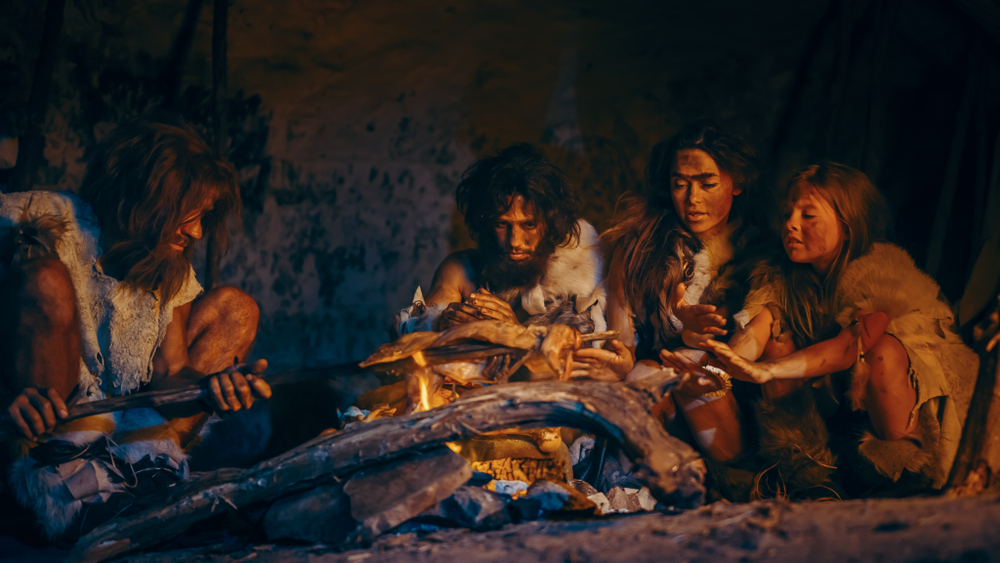What Was the Life Expectancy of Ancient Humans?
Posted on Categories Discover Magazine

The oldest verified human to walk the Earth was a French woman named Jeanne Louise Clement, who nearly spent time in three centuries over her 122 years from 1875 to 1997, according to the Guinness World Records.
Most of us won’t be that lucky, but life expectancy has increased greatly in just a few decades due to modern health practices, sanitation and other factors. But what was the life expectancy of ancient humans?
The answer is nearly impossible to answer in most cases due to the lack of detailed records on populations and when they died — especially the farther back you go in time.
Ancient Humans and Present Day
It’s unlikely that human lifespan — or how long a human can live if violence, disease or natural disaster doesn’t creep into the picture — has changed in a measurable way for tens of thousands of years. But it’s difficult to verify this one way or another, since violence, disease, natural disasters or a host of other problems usually do come into the picture if you spend enough time on this planet.
“[Early humans] used to live, have children, then die immediately from disease or predation,” says Marios Kyriazis, a biomedical gerontologist at the National Gerontology Center in Cyprus.
While there are reports in the past of people living up to 150 years, most of this is likely exaggeration, says Walter Scheidel, a historian at Stanford University who studies the demographics of the Roman empire.
Read More: When Did Humans Start to Get Old?
“Nature made the human body in a way to have children, live for a few more years to see our children growing up, and maybe reach the age where we can see grandchildren,” says Kyriazis, who authored the study “Aging Throughout History: The Evolution of Human Lifespan” published in the Journal of Molecular Evolution.
The average number of people who reach the age of seeing their grandchildren has increased though, thanks to better hygiene, medicine and nutrition. But the chronic degenerative diseases and other issues are harder to stop — nature doesn’t allow our body to make continuous repairs past a certain point, Kyriazis says.
Rough Trends for Ancient Human Life Spans
The research on ancient human life spans is difficult because we haven’t found enough remains together to draw solid conclusions. But some research shows the life expectancy wasn’t that different between Neanderthals and early humans that have been found in western Eurasia.
Other research reveals that the lifespan of Homo sapiens may have changed from the Middle Paleolithic to the later Upper Paleolithic, since the ratio of older to younger remains increases. The same research shows that starting about 30,000 years ago at the beginning of the Upper Paleolithic, the average lifespan began to push past 30 years.
Another big change coincides roughly with the period between which humans began to adopt sedentary lifestyles 10 millennia or so ago, moving into urban centers like Çatalhöyük in Turkey. A more nomadic lifestyle was relatively healthier than living in denser towns back then, since urban areas lacked proper sewage systems and hygiene. As people lived in closer proximity to each other and their livestock, disease could transmit more easily between humans and domesticated animals. Some research at Çatalhöyük suggests that as the city became denser, people were less healthy, likely leading to a drop in average life expectancy.
“The capacity of people to live longer remained, but many people died from disease and diet,” says Kyriazis.
By Roman times, records were a lot better in some cases. Scheidel has examined census records for Egypt when it was a province in the Roman Empire about two millennia ago. These records show that overall, the average life expectancy was in the 20s.
Of course, many people lived longer than this — the overall number is drawn down largely because infant mortality was high back then. For people who made it past the age of five, the life expectancy goes up to somewhere in the 40s, Scheidel says.
An analysis of Roman emperors, for which we have a lot of information, reveals similar statistics. “The ones that don’t get murdered, which is a minority, they have more or less the same life expectancy,” Scheidel says.
Which Average?
Just as it must have been in the past, this life expectancy isn’t distributed equally. Hong Kong boasts the highest average life expectancy at 85.3 years, according to Worldometer. The Central Africa Republic suffers from the lowest at 54.4 years, due to a combination of factors that include deaths from COVID-19 and other diseases and an ongoing civil conflict, according to recent research.
The overall life expectancy of humans today is 73.2 years — 75.6 years for females and 70.8 years for males. This has increased a lot in just a few decades, due in part to advances in medicine. The data shows that in 1950, the average life expectancy was 47 years.
These improvements in life expectancy have led to a new focus, Kyriazis says. Where humans used to mostly be concerned with having more children to survive you, now many people have less children, and focus more on personal survival.
“For the first time in human history, we see the phenomenon where we shift from survival of children to our own survival,” he says.